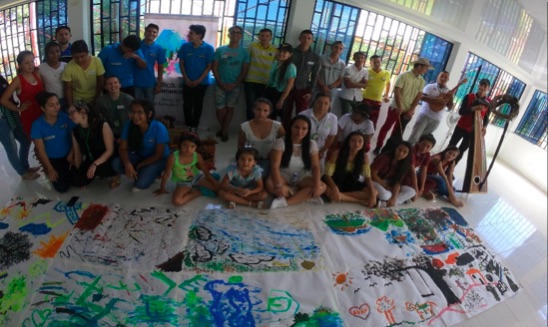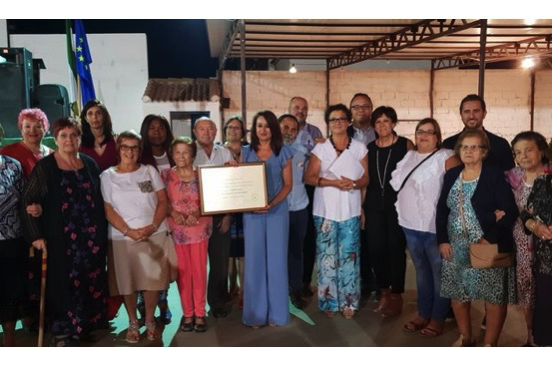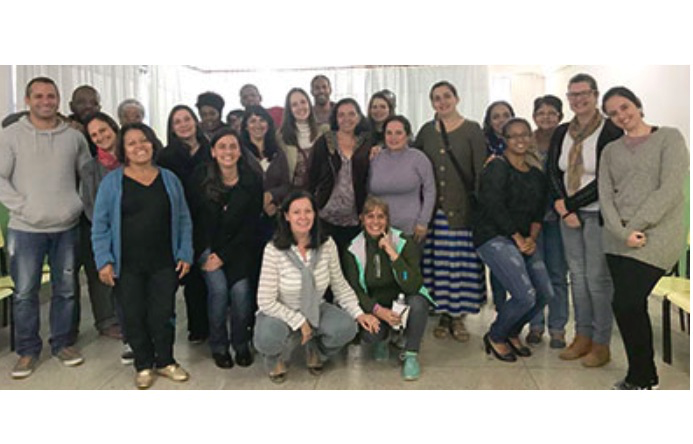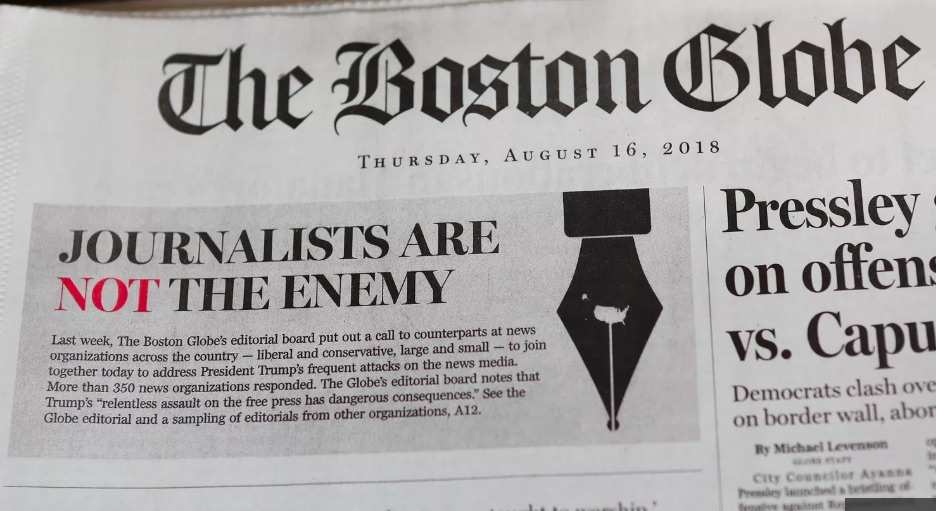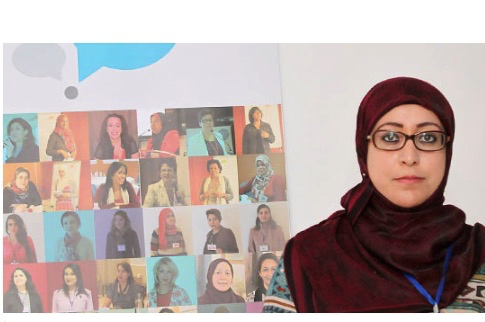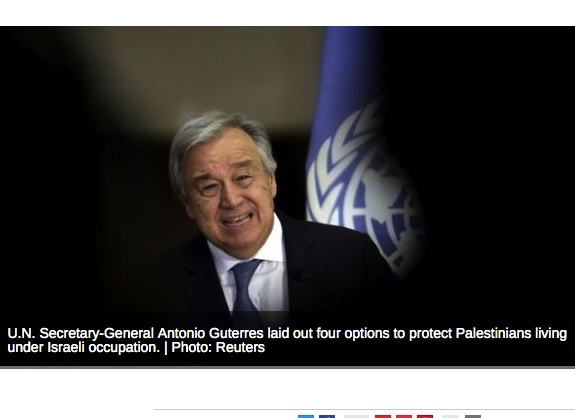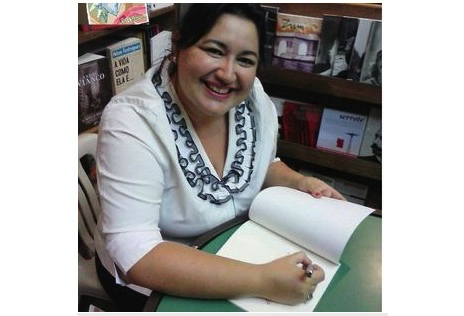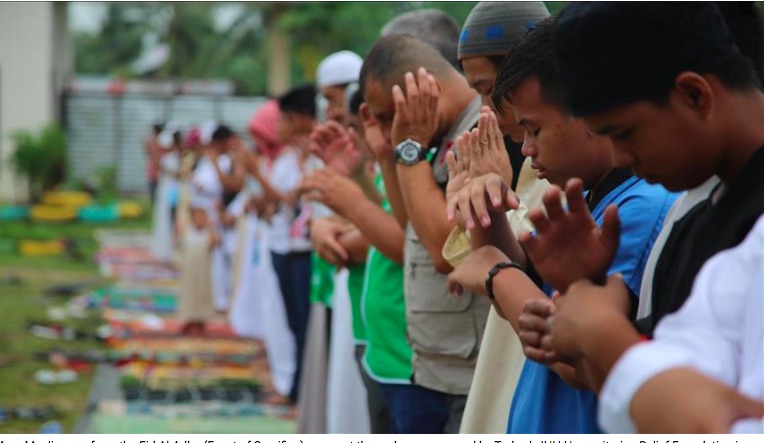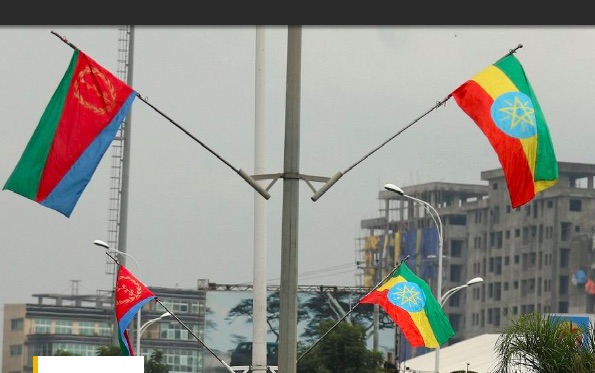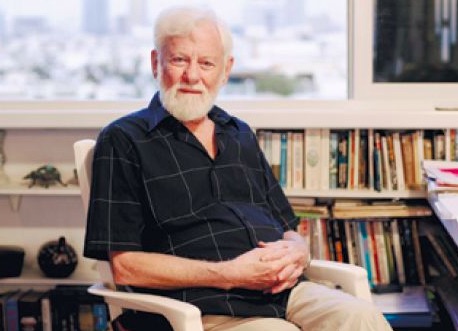EDUCATION FOR PEACE .
Report from the US Peace Memorial Foundation
The Board of Directors of the US Peace Memorial Foundation has voted unanimously to award its 2018 Peace Prize to The Honorable David Swanson “whose inspiring antiwar leadership, writings, strategies, and organizations help to create a culture of peace.”
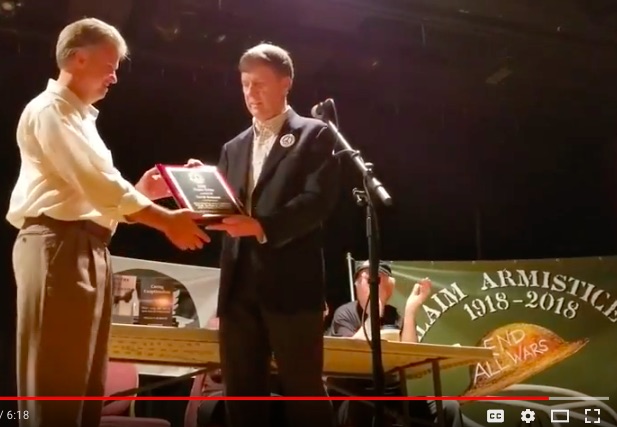
Video of presentation
Michael Knox, Chair of the Foundation, presented the award on August 26 at the Veterans For Peace 33rd Annual Convention held in St. Paul, MN.
In his remarks, Knox said, “Thank you, David, for dedicating your life to ending wars. You are one of the most prolific writers, speakers, activists, and organizers for peace. The breadth of your work is staggering. You have enlightened us with books that are in the forefront of modern antiwar thought; and with speeches, debates, conferences, blogs, billboards, radio shows, online courses, videos, websites, and more innovative ideas than we can name. We want you to know that your efforts are greatly appreciated, here and around the world.”
(Articles continued in right column)
Where in the world can we find good leadership today?
(continued from left column)
Upon learning of the award, David said, “This wonderful honor is definitely having the impact on me that I imagine is intended, namely it is inspiring me to keep at it and work harder to advance the abolition of war and the development of peaceful behaviors and institutions. Thank you for the pat on the back but also for the kick in the rear. We have a long ways yet to go.”
In addition to receiving the 2018 Peace Prize, our highest honor, Swanson has been designated a Founding Member of the US Peace Memorial Foundation. He joins previous Peace Prize recipients Ann Wright, Veterans For Peace, Kathy Kelly, CODEPINK Women for Peace, Chelsea Manning, Medea Benjamin, Noam Chomsky, Dennis Kucinich, and Cindy Sheehan. Nominees considered by the Board in 2018 included Daniel Ellsberg, Nancy Mancias, Colman McCarthy, Sharon Tennison, Sally-Alice Thompson, and S. Brian Willson. You can read about the antiwar/peace activities of all recipients and nominees in our publication, the US Peace Registry.
The US Peace Memorial Foundation directs a nationwide effort to honor Americans who stand for peace by publishing the US Peace Registry, awarding an annual Peace Prize , and planning for the US Peace Memorial in Washington, DC. These projects help move the United States toward a culture of peace by honoring the millions of thoughtful and courageous Americans and U.S. organizations that have taken a public stand against one or more U.S. wars or who have devoted their time, energy, and other resources to finding peaceful solutions to international conflicts. We celebrate these role models to inspire other Americans to speak out against war and to work for peace.
